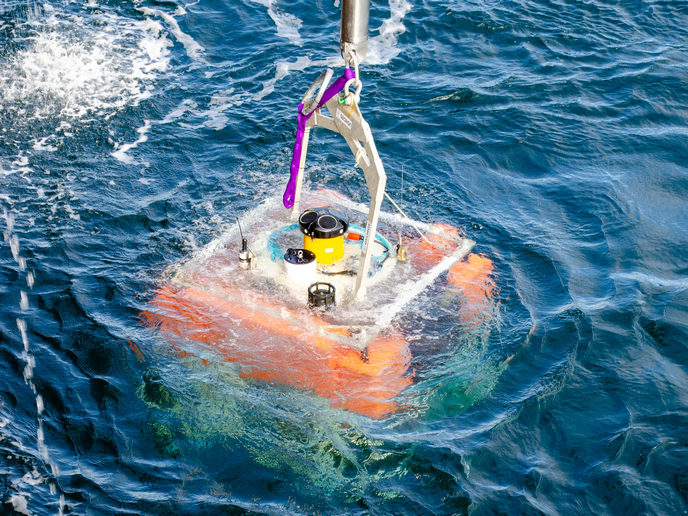Cutting air pollution thanks to new agile photonic sensors
Urban areas are beset by air pollutants, damaging to health and the environment. As greenhouse gases, carbon dioxide (CO₂) and methane (CH₄) are implicated in global warming; nitrogen oxides (NOx) are harmful to respiratory and cardiovascular systems; carbon monoxide (CO) interferes with blood oxygen transportation; and black carbon (CB) is linked to cardiovascular and respiratory diseases and contributes to climate change. While highly precise air monitoring systems can currently measure these pollutants, the equipment is typically large and stationary, is expensive to maintain and requires frequent calibration. According to Liam O’Faolain, coordinator of the EU-funded PASSEPARTOUT project: “The challenge is to design smaller cheaper photonic sensors, still good enough for regulatory and scientific purposes, and actionable by public authorities.” PASSEPARTOUT has developed a new generation of miniature, calibration-free, sensitive and selective, optical sensors able to detect key pollutants across a broad spectral range, at extremely low levels.
High-resolution pollution mapping
First, the team developed a suite of miniature, high-performance, sensors using Quartz Enhanced Photoacoustic Spectroscopy(opens in new window) (QEPAS) for gas detection and Photo-Thermal Interferometry(opens in new window) (PTI) for black carbon (BC) detection. These employed advanced laser technologies such as Interband Cascade Lasers(opens in new window) (ICLs), Quantum Cascade Lasers(opens in new window) (QCLs) and diode lasers to achieve detection across a wide mid-infrared range. “As the wavelengths at which a gas absorbs light are constant and predictable, lasers can be used for detection meaning that the system does not need to be constantly recalibrated,” notes O’Faolain from Munster Technological University(opens in new window), the project host. The sensor components were combined within compact analyser units, for deployment as stationary analysers on infrastructure like lampposts; mobile vehicle-mounted analysers; and airborne analysers on drones for 3D mapping. The sensor data is wirelessly transmitted to cloud servers via low-power wide area networks or mobile data connections. The system then engages AI-driven software and data analytics, developed by the team, to model pollution dispersion in space and time; identify pollution hotspots and trends, and make predictions. Complementing this, the AIRTOWN app(opens in new window) was developed to deliver warnings, visualisations and make recommendations to users.
Successful field trials
Following laboratory tests, PASSEPARTOUT conducted field trials around schools in Cork (Ireland), and in Italy around the Genoa port and a Bari parking area. “The real-time, highly sensitive measurements provided by both the multi-gas QEPAS analysers and photothermal black carbon sensors demonstrated their potential, representing a significant advance in accessible environmental sensing technology,” says O’Faolain. Additionally, project partner Nanoplus’s fibre pigtailed Interband Cascade Lasers which eliminated the need for complex optical alignment, enabling plug-and-play usability, are already attracting interest. While PASSEPARTOUT’s first-ever photonic integrated circuit (PIC) for gas-detecting photothermal spectroscopy and photothermal interferometry for black carbon, also offers significant potential. “Integrating multiple light sources and waveguides onto a single chip for precision gas detection, is a cutting-edge fusion of nanophotonics and environmental science,” adds O’Faolain.
Supporting science-based policymaking
PASSEPARTOUT aligns with several of the European Union’s key policies and strategies, including the European Green Deal(opens in new window), Zero Pollution Action Plan(opens in new window) and the EU Missions on Climate-Neutral and Smart Cities. “Our solution will enable the monitoring networks needed to generate local, real-time pollution data – essential for assessing the impact of interventions and making adjustments,” says O’Faolain. The researchers are now focused on deploying a high-density network of analysers across selected urban areas for hyper-local (street-level) pollution data collection, accompanied by trial targeted traffic interventions, such as low-emission zones.







